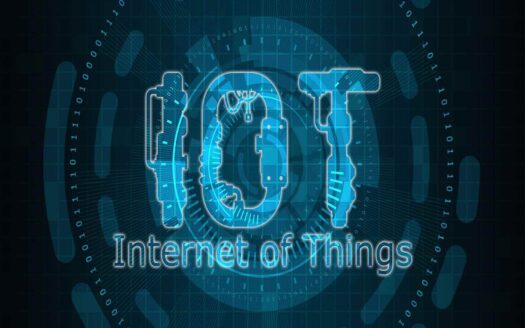Home Automation Systems: A Comprehensive Guide to Home Automation Systems
In the digital age, technology has taken significant leaps, transforming the way we interact with our homes. Home automation systems have emerged as a revolutionary solution, empowering homeowners to create smart, efficient, and convenient living spaces.
From controlling lights and appliances with a simple voice command to enhancing security through remote monitoring, the possibilities of home automation are boundless. In this blog, we will explore the fascinating world of home automation systems, understand their benefits, and discuss the key components that make them an indispensable part of modern living.
Understanding Home Automation Systems:
Home automation systems are integrated networks of smart devices and appliances that collaborate to automate various functions within a home. These systems allow users to control and monitor devices remotely through a centralized platform, such as a smartphone app or a voice-activated virtual assistant.
From lighting and climate control to security and entertainment, home automation streamlines daily routines and enhances the overall living experience.
Key Components of Home Automation Systems
Smart Devices
The foundation of any home automation system lies in the smart devices. These can include smart bulbs, smart plugs, smart thermostats, smart locks, smart cameras, and much more. These devices are equipped with sensors, Wi-Fi connectivity, and sometimes artificial intelligence, enabling them to communicate with each other and respond to user commands.
Hub or Controller
The hub or controller acts as the brain of the home automation system. It acts as a central point of communication, allowing all smart devices to interact with each other. Some hubs also integrate voice assistants like Amazon Alexa or Google Assistant for seamless voice control.
Connectivity
Reliable and secure connectivity is crucial for a home automation system. Wi-Fi, Bluetooth, Zigbee, and Z-Wave are common communication protocols used to connect smart devices to the hub and to the internet.
User Interface
A user-friendly interface, such as a smartphone app or a web-based dashboard, is essential for homeowners to control and customize their home automation setup. The interface provides easy access to manage devices, create automation routines, and monitor the system.
Benefits of Home Automation Systems
- Convenience: Home automation brings convenience to the forefront by allowing homeowners to control various devices with a single command. Whether it’s adjusting the thermostat, turning off lights, or locking doors, everything can be managed effortlessly.
- Energy Efficiency: Smart devices, like thermostats and smart lighting, enable users to optimize energy usage, leading to reduced utility bills and a greener footprint.
- Enhanced Security: Home automation enhances security through features like smart cameras, doorbell cameras, and smart locks. Homeowners can monitor their property in real-time and receive alerts about any unusual activities.
- Remote Monitoring: One of the significant advantages of home automation is the ability to monitor and control devices from anywhere with an internet connection. This is particularly beneficial for frequent travelers or individuals who spend extended periods away from home.
- Personalization: Home automation systems offer a high degree of personalization. Users can create custom automation routines that suit their specific needs and preferences.
- Peace of Mind: With features like remote monitoring and automated security alerts, homeowners can enjoy peace of mind, knowing that their home is protected, even when they are away.
Popular Use Cases of Home Automation Systems
- Smart Lighting: Smart lighting systems allow users to control the brightness, color, and timing of lights, enhancing ambiance and energy efficiency.
- Thermostat Control: Smart thermostats enable precise temperature control, optimizing energy usage and providing a comfortable environment.
- Security and Surveillance: Smart cameras, doorbell cameras, and motion sensors offer real-time monitoring and alerts, bolstering home security.
- Voice Control: Voice-activated virtual assistants, like Amazon Alexa and Google Assistant, provide hands-free control of smart devices and offer quick access to information.
- Entertainment Automation: Home automation extends to entertainment systems, allowing users to control audio, video, and streaming services seamlessly.
Conclusion
Home automation systems have evolved from science fiction to an integral part of modern living. They offer unmatched convenience, energy efficiency, security, and personalization, making them a wise investment for homeowners seeking to embrace the future.
As technology continues to advance, we can expect home automation systems to become even more sophisticated, further enriching our lives and redefining the way we experience and interact with our homes. Embrace the possibilities of home automation and unlock the potential of a truly smart home.




